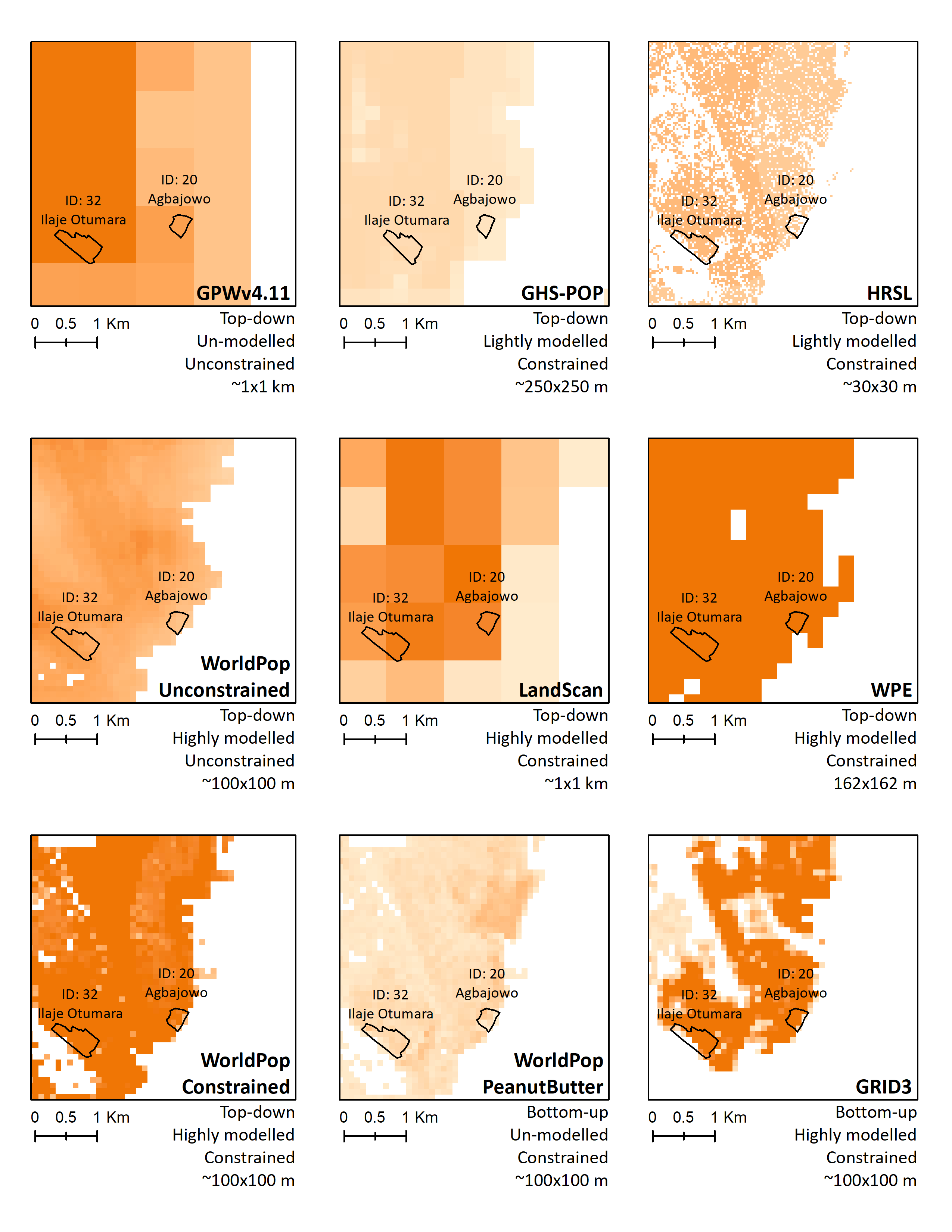Low- and middle-income country cities face unprecedented urbanization and growth in slums. Gridded population data in small grid squares (e.g., 100x100m) derived from demographic and spatial data are a promising source of current population estimates, but face limitations in slums due to the dynamic nature of this population as well as modelling assumptions. The efficacy of using gridded population data in slum areas remains a question mark especially in the context of UN SDG indicator development. In this study, we use field-referenced boundaries and population counts from Slum Dwellers International (SDI) in Lagos (Nigeria), Port Harcourt (Nigeria), and Nairobi (Kenya) to assess the accuracy of nine gridded population datasets in slums. We also use a modelled map of all slums in Lagos to assess use of gridded population dataset for SDG11.1.1 (percent of population living in deprived areas). We found that all gridded population estimates vastly under-estimated population counts in populous slums, and the calculation of SDG11.1.1 in Lagos was impossibly low; gridded population datasets estimated that just 1-3% of the Lagos population lived in slums, compared to 56% using the UN-Habitat approach. We outline specific steps that might be taken to improve each gridded population dataset in deprived urban areas. While gridded population estimates are not yet sufficiently accurate to estimate SDG11.1.1, we are optimistic that some datasets could be following updates to their modelling approaches.

